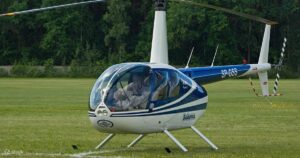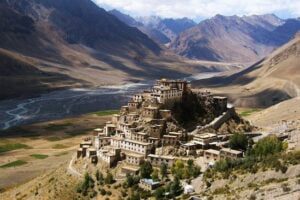Monday to Saturday - 8:00 -17:30
Best time to visit spiti valley
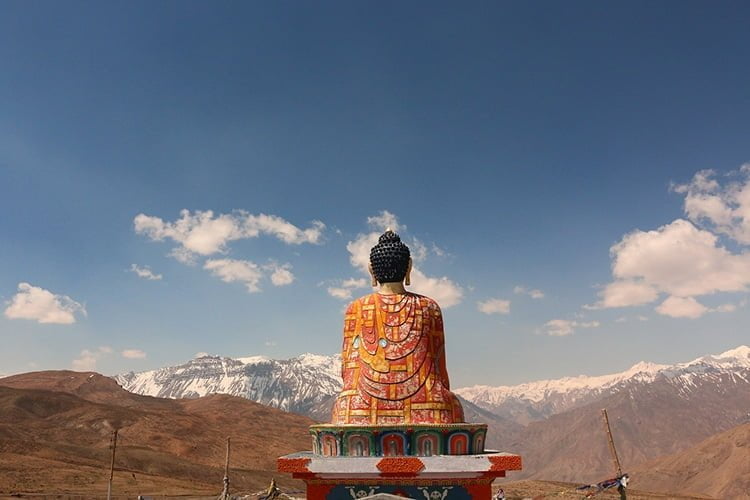
The name Spiti or Piti — as it is known among the locals— means ‘The middle land’ which is the land between India and Tibet.
Spiti Valley is a cold mountain desert located in the rain shadow region of the Greater Himalayan ranges. It is snuggled in the northeastern part of Himachal Pradesh. The valley is bounded by the districts of Kinnaur in the southeast, Kullu in the south, and the valleys of Zanskar & Ladakh in the north. In the east, Spiti shares its boundary with Tibet.
With heavy snowfall and marginal temperature dip, the condition is not ideal to lead a comfortable life in the valley. The roads become sloppy and driving without the help of a local is not at all easy.
You can reach Spiti via two ways which cross through two districts. If you plan to reach Spiti valley from Shimla, try to exit via Manali. It will complete your journey in this picturesque location in Lahaul Spiti valley. Spiti valley from Shimla is the most preferred trip due to changes in altitude. If you travel from Manali, the time of the journey is less than before. But you can make your trip more exciting by entering one city and exiting through another one.
So what is the best time to visit Spiti valley
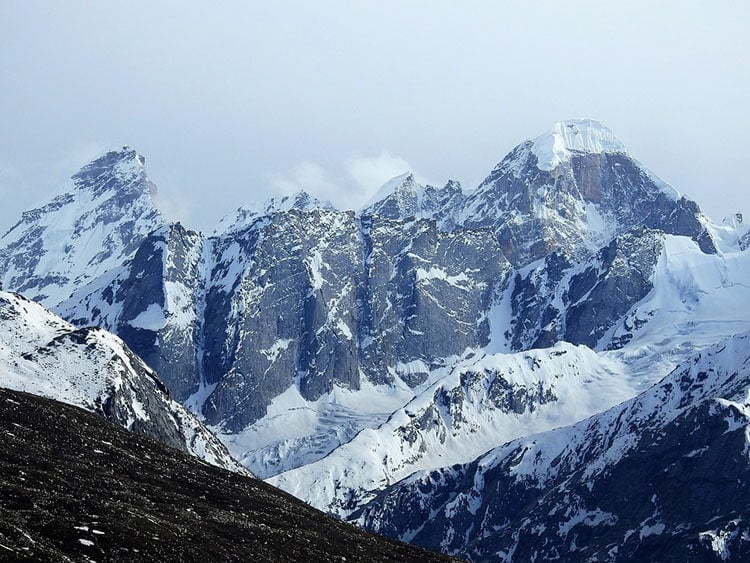
You can plan a Spiti Valley tour via road in three ways. Arrange your trip via Shimla to Kaza, and enjoy the beautiful scenery of Spiti valley road. You can organize your trip via Manali to Kaza also. Another option to reach the Spiti is via Shimla to Manali. The last one will allow you to complete the full circuit of the Spiti valley road trip.
Spiti Valley winter looks like a wander on the planet. The charm of the white canvas with frozen rivers and waterfalls feels like a dreamland. Spiti Valley temperature tends to go extremely low in this season. Sometimes it runs between minus twenty to minus thirty-degree centigrade.
The itinerary of the winter Spiti Valley tour is :
Shimla – Narkanda – Kalpa – Nako – Tabo – Dhankar – Kaza – Key Monastery – Hikkim – Komik (gompa) – Langza – Kaza – Kalpa – Shimla.
Visit Spiti valley in Summer (Via Manali to Kaza)
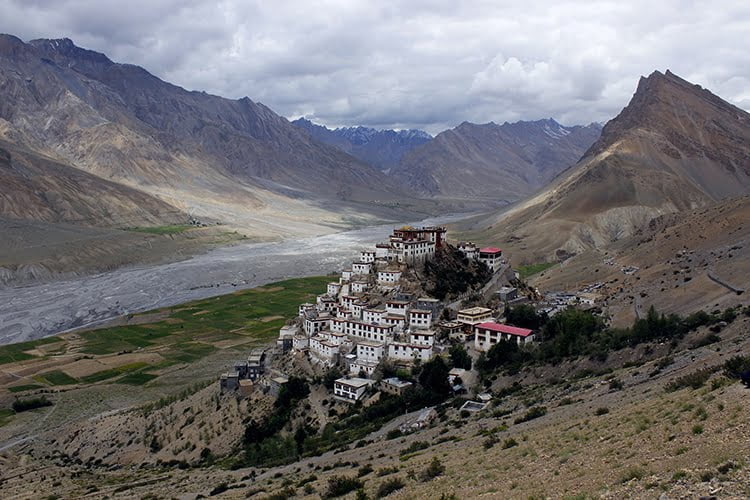
The geographical beauty of this Valley in summer is frame-worthy. The greenery comes forward, beating the icy cold mountains. The temperature becomes comfortable for trekking and travelling through roads and rivers. A pleasing atmosphere persuades the traveler to more adventurous trips.
Arrange your summer Spiti Valley tour anytime between June to the first week of October. This is the best time to go to Spiti valley and enjoy the essence of summer Spiti.
The Summer Spiti valley tour itinerary should be like this:
Manali – Rohtang Pass – Kunzum Pass – Kaza – Key Monastery – Hikkim – Komik (gompa) – Tabo – Pin Valley – Dhankar – Kaza – Langza – Chicham bridge – Losar – Chandratal – Rohtang Pass Atal tunnel – Manali .
The best time to visit Spiti valley for full Circuit.
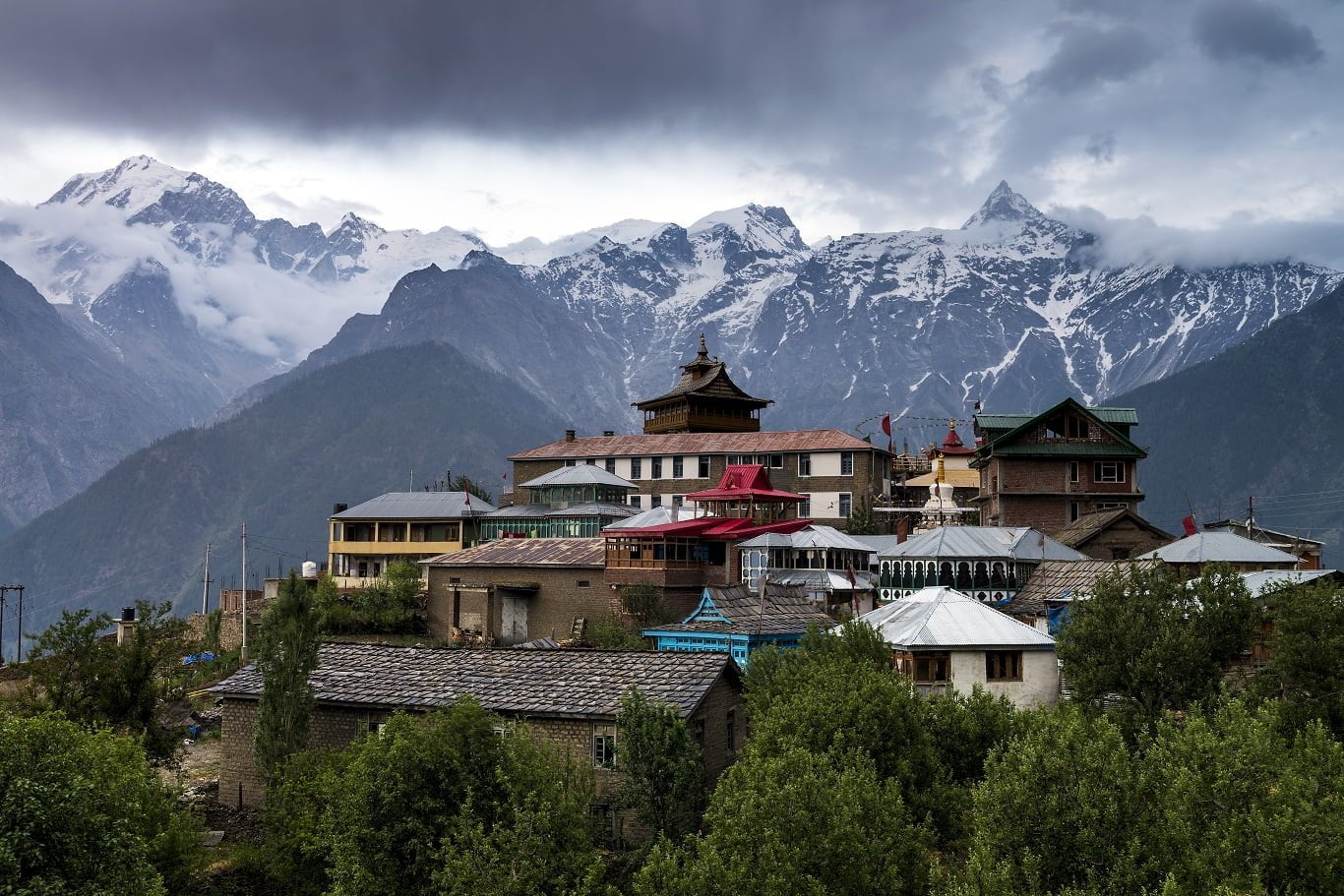
The abandoned roads of Spiti Valley are the primary attention for adventurous hearts. The Spiti Valley circuit is a loop of a journey that covers two ways to complete the whole Spiti Valley trip. And this journey is the most interesting to have a more thrilling experience here. This itinerary of a full circuit tour starts with Shimla and ends with Manali.
The best time to visit Spiti valley full circuit via these routes is from June to 1st week of October.
The itinerary looks like this:
Shimla – Narkanda – Chitkul – Kalpa – Nako – Tabo – Pin Valley – Dankar – Kaza – Key Monastery – Hikkim – Komik – Langza – Kibber – Losar – Chicham bridge – Kunzum Pass – Chandratal – Rohtang Pass Atal tunnel – Manali.
Packing List For Visiting Spiti.
- Sunglasses and a sunscreen
- Warm clothing
- A torch
- A pair of extra shoes and socks
- Woolen cap and mufflers
- Essential medicines and small first-aid kit
- Candies and digestives for road journey
- Water bottle
If you are reading this then, please send your thoughts in the comment box. Thank you!
Disclaimer: We do not take credit for some of the licensed paid images used in our blogs, whether from Google Images, Fotolia & Shutterstock.
All such images are the copyrights of their respective owners and we try to provide credit for them wherever we can. If, however, any copyright image has been used on our blog, the concerned person can either mail us directly to remove the image or provide credit to whomsoever the image may belong.


